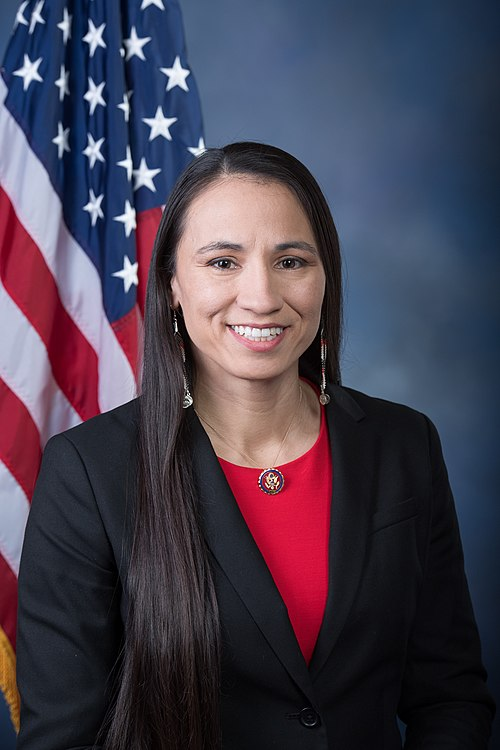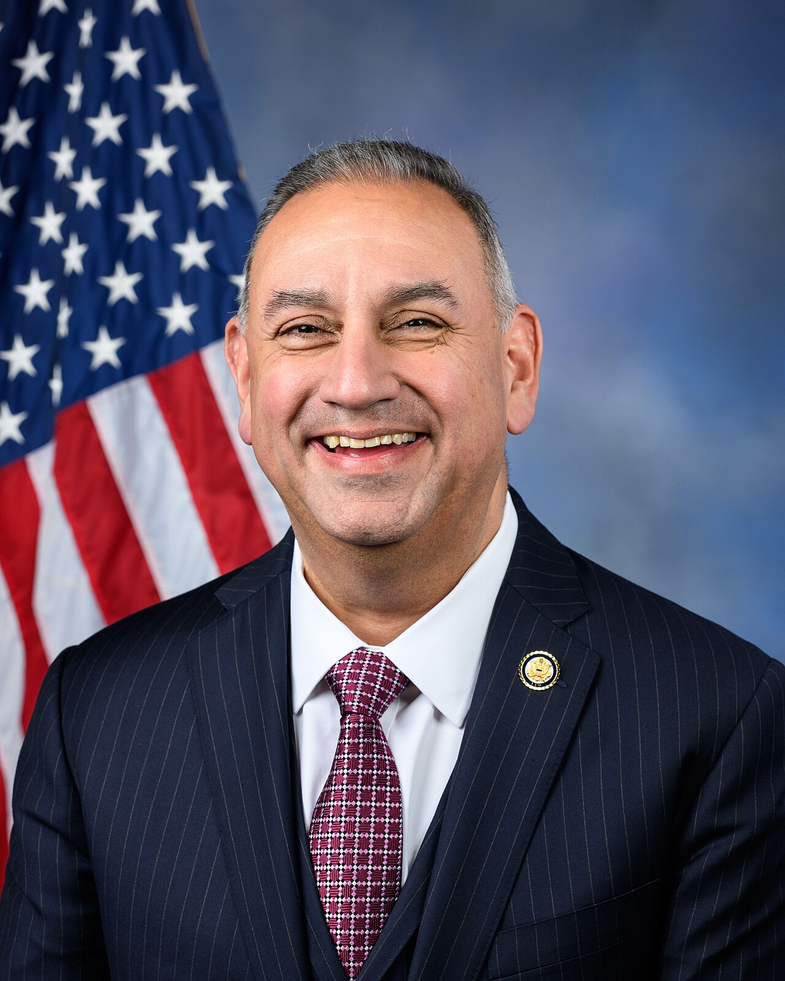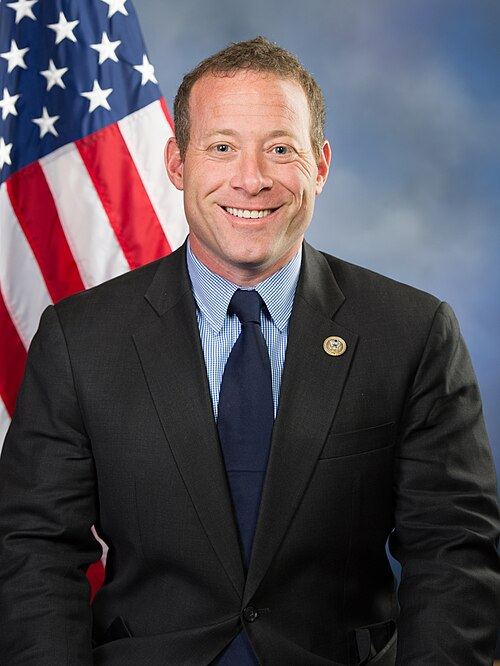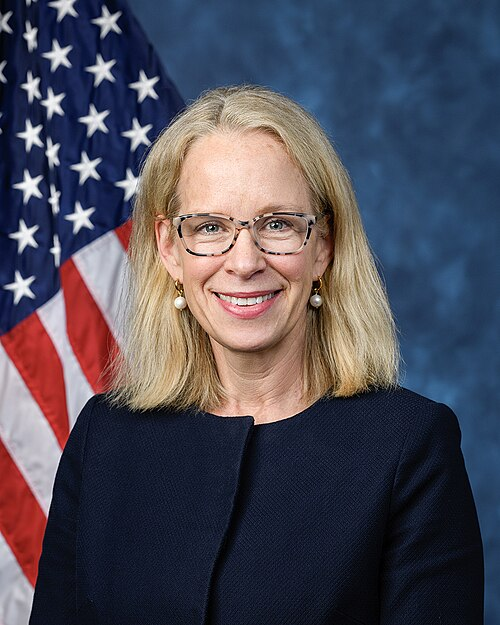H.R. 5085: To exempt Federal actions related to the construction of infill housing from the requirements of the National Environmental Policy Act of 1969, and for other purposes.
This bill aims to modify certain federal regulations concerning the construction of residential buildings, specifically infill housing. Here are the main components of the bill:
Exemption from NEPA
The bill proposes to exempt federal actions associated with infill housing from the requirements of the National Environmental Policy Act (NEPA) of 1969. This means that certain federal activities involving the construction of new housing in already developed areas will not be considered "major federal actions." As a result, these projects may not require the same level of environmental review and assessment that NEPA typically mandates.
Definition of Infill Housing
Infill housing is defined in the bill as residential housing situated on a site that:
- Is vacant or underutilized.
- Has been previously developed for urban use.
- Is no larger than 20 acres.
- Adjoins or is surrounded by developed urban areas, meeting specific criteria.
- Has undergone environmental assessments that confirm it is suitable for development without significant environmental hazards.
Infill Housing Activities
The bill also outlines what activities are considered as infill housing activities, which include:
- Acquiring or disposing of land for infill housing development.
- Demolishing properties (excluding historic structures) to make way for new housing.
- Constructing, reconstructing, or rehabilitating housing.
- Converting non-residential buildings into infill housing.
Urban Use Definition
The term "urban use" is specified to include various types of land use such as:
- Residential
- Commercial
- Industrial
- Public institutional
- Transit or transportation facilities
- Retail
Natural Hazard Risk Assessment Updates
Additionally, the bill modifies the schedule for updating natural hazard risk assessments under the Robert T. Stafford Disaster Relief and Emergency Assistance Act. Currently, these assessments are conducted every 5 years; the bill would change the frequency to every 3 years.
Relevant Companies
- KB Home (KBH) - As a homebuilder, KB Home may experience increased opportunities for new developments due to the eased regulations on infill housing.
- D.R. Horton (DHI) - Another major homebuilding company that could see benefits from reduced federal regulatory burdens for urban residential projects.
- Toll Brothers (TOL) - This luxury homebuilder might also find new opportunities in areas previously constrained by environmental review delays.
This is an AI-generated summary of the bill text. There may be mistakes.
Sponsors
9 bill sponsors
Actions
3 actions
| Date | Action |
|---|---|
| Sep. 03, 2025 | Referred to the Subcommittee on Economic Development, Public Buildings, and Emergency Management. |
| Sep. 02, 2025 | Introduced in House |
| Sep. 02, 2025 | Referred to the Committee on Natural Resources, and in addition to the Committee on Transportation and Infrastructure, for a period to be subsequently determined by the Speaker, in each case for consideration of such provisions as fall within the jurisdiction of the committee concerned. |
Corporate Lobbying
0 companies lobbying
None found.
* Note that there can be significant delays in lobbying disclosures, and our data may be incomplete.
















